“I have been instructed to tell you that what you are proposing is entirely impossible. Nevertheless, in Iran, even the totally impossible becomes possible at times.” Such was the mysterious riddle that confronted the English art dealer Oliver Hoare as he sat across from an Iranian contact in Paris in 1992. He had just presented a madcap plan: to reunite the state of Iran with one of its most prized but long-lost manuscripts.
The Shahnameh of Shah Tahmasp is an illustrated epic poem comprising 50,000 rhyming couplets. Completed in the mid-sixteenth century, this “book of Kings” is one of the most exquisite examples of Islamic art and poetry ever to have been produced. In his riveting memoir, The Exchange, Hoare recounts a truly wild set of events which saw him oversee part of the Shahnameh’s repatriation, centuries after it first left its homeland.
The tale kicks off with a dramatic act of “cultural vandalism.” In the mid-seventies, the American industrialist and collector Arthur Houghton Jr. began the dismemberment of the Shahnameh’s 260 sumptuous miniatures in order to turn a quick profit at auction. A crime, Hoare tells us, akin to “knocking down Chartres Cathedral and selling off its stones.”
Hoare’s own interest in the Shahnameh lay far beyond professional know-how. A misspent youth soaking up the exotic hashish-infused landscapes of the Orient had ignited a lifelong passion for its elegant objects and decorative art. These nostalgic reflections make for some of the most memorable and sensory passages in the book: we smell floral desert gardens, sip chilled wine, and see the “lofty Zagros peaks as a backdrop.” Hoare all but loosens the grip on his pen in vivid remembrance. In Iran, he fell in love with intricately-woven Persian carpets and developed an eye for Islamic art which later saw him launch the first department dedicated to that arabesque world at Christie’s.
Hoare knew that the idea of reuniting all the Shahnameh miniatures was “a pipe dream.” But when the opportunity arose — clouded in intrigue — to return a large majority of them (180 or so), he couldn’t resist. What happens next is a conspiratorial whirlwind well worth the read for anyone seeking a dose of high-society action laid out in inimitably stylish prose.
Often, the most enticing tales to come out of the art world are robberies. Hoare’s swap is — admirably — just as exhilarating. In many ways, his thrilling exploit was a reverse heist in its own right. But instead of organized crime, he endured malefactor art collectors who tried to undercut the price at every turn, woo-woo astrologers, clandestine phone calls, code words involving “Spaniards” and “oranges” and, of course, the omnipotent Iranian Guardian Council, those brute enforcers of their nation’s morality.
Populated by socialites, scholars, Arabic Bazaar salesmen and princesses, this story would teeter on the incredible if it weren’t wholly true.
As the title suggests, the deal struck with Iran all came down to a peculiar exchange: most (if not all) of the Shahnameh miniatures handed over in return for a few abstract pieces from the West that lay rotting in the musty basement of Tehran’s Museum of Contemporary Art. The museum’s collection had been carefully curated by Empress Farah Diba in the Sixties, but after the Iranian Revolution of 1979, “indecent” art was considered morally objectionable.
When it came to the exchange itself, the initial roster of Western artworks up for negotiation was a modernist collector’s wet dream: Picasso, Pollock, Alberto Giacometti, Arshile Gorky, Andy Warhol and Mark Rothko, to name but a few. A fair trade perhaps just on quantity alone? But no, the Iranians weren’t going to be fooled that easily. One by one these abstract masterpieces came off the table: too valuable to part with. As Hoare realizes things aren’t going well, he tries to introduce “a little levity into the proceedings” by pointing out that the Jackson Pollock’s Mural on Indian Red Ground (1950) was thought to represent an orgasm. “It didn’t go down too well.” Hoare sighs; we chuckle.
In the end, the deal struck in 1994 was for one singular work: Woman III (1954) by the Dutch-American painter, Willem de Kooning. She is a voluptuous lady. A shocker by Iranian standards, so they seemed keen to get rid of her. Hoare agrees, arguing that Woman III constituted little more than “an overworked and viscous daub in industrial paint on an unprimed canvas.” A harsh assessment, perhaps, but the book is at its best in these moments of caustic judgement.
There is much to enjoy in this bizarre true story. It is richly illustrated and the sheer number of eccentric characters somehow involved in the exchange’s orchestration is mind-boggling. What is most fascinating, though, are the shady political undercurrents at play. It is utopian of us to want to disentangle art from politics. The two — as Hoare so aptly demonstrates — instead naturally go hand in hand. Oscar Wilde may have optimistically declared that “all art is quite useless,” but as George Orwell put it, “The opinion that art should have nothing to do with politics is itself a political attitude.” Indeed, the decision to go ahead with the deal was taken by the President Ayatollah Hashemi Rafasanjani himself.
Whether you’re enticed by the art history, the insight into Iran or the game of political cat-and-mouse, The Exchange will delight anyone seeking an impossible story made possible.



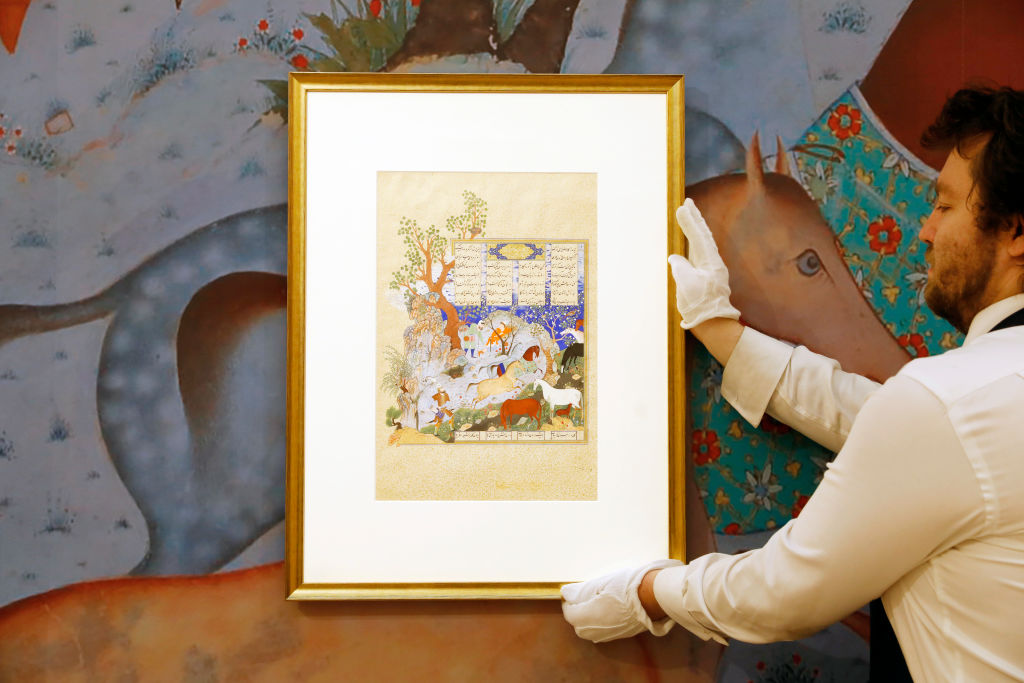


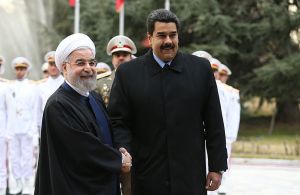
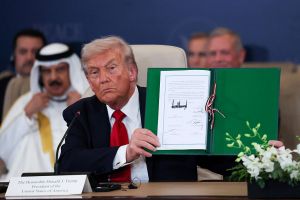
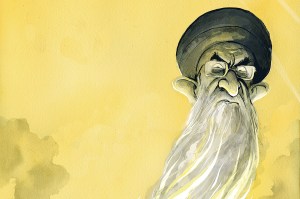
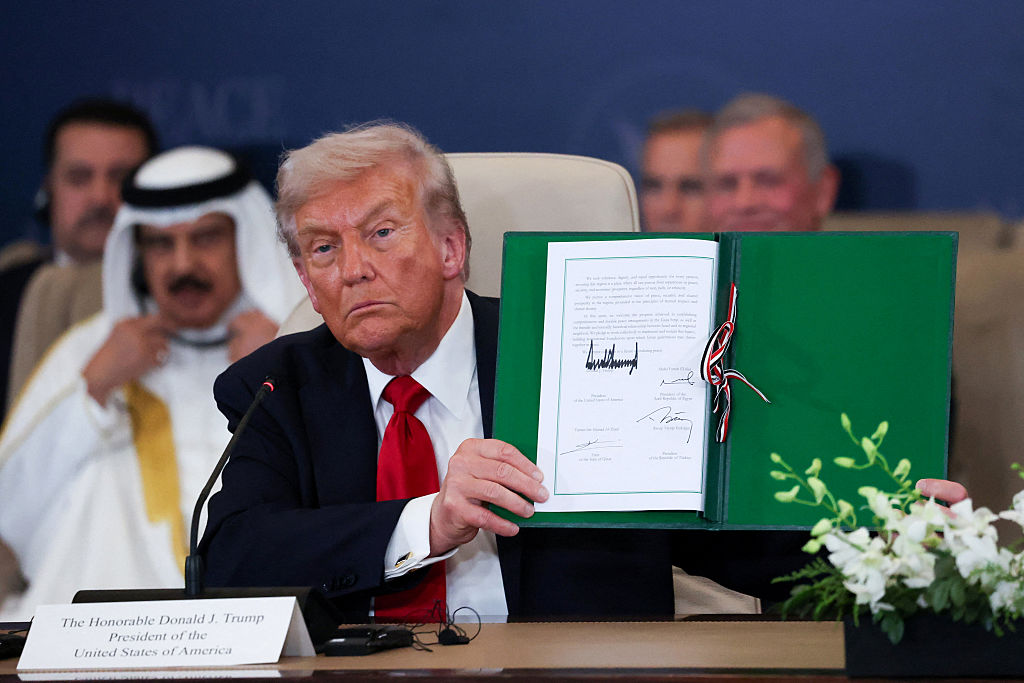

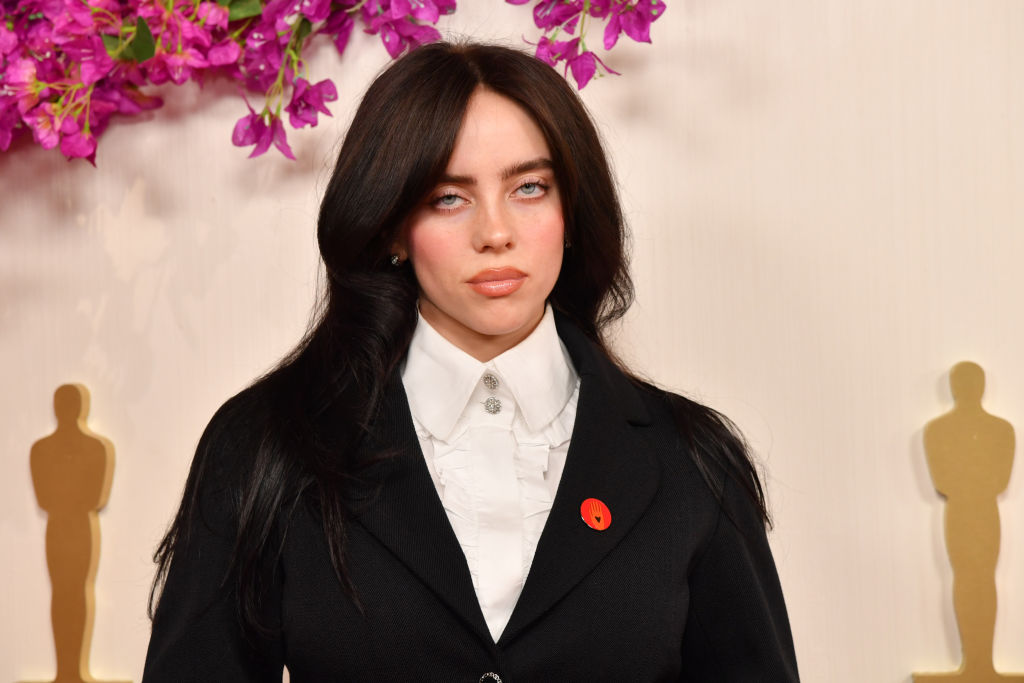
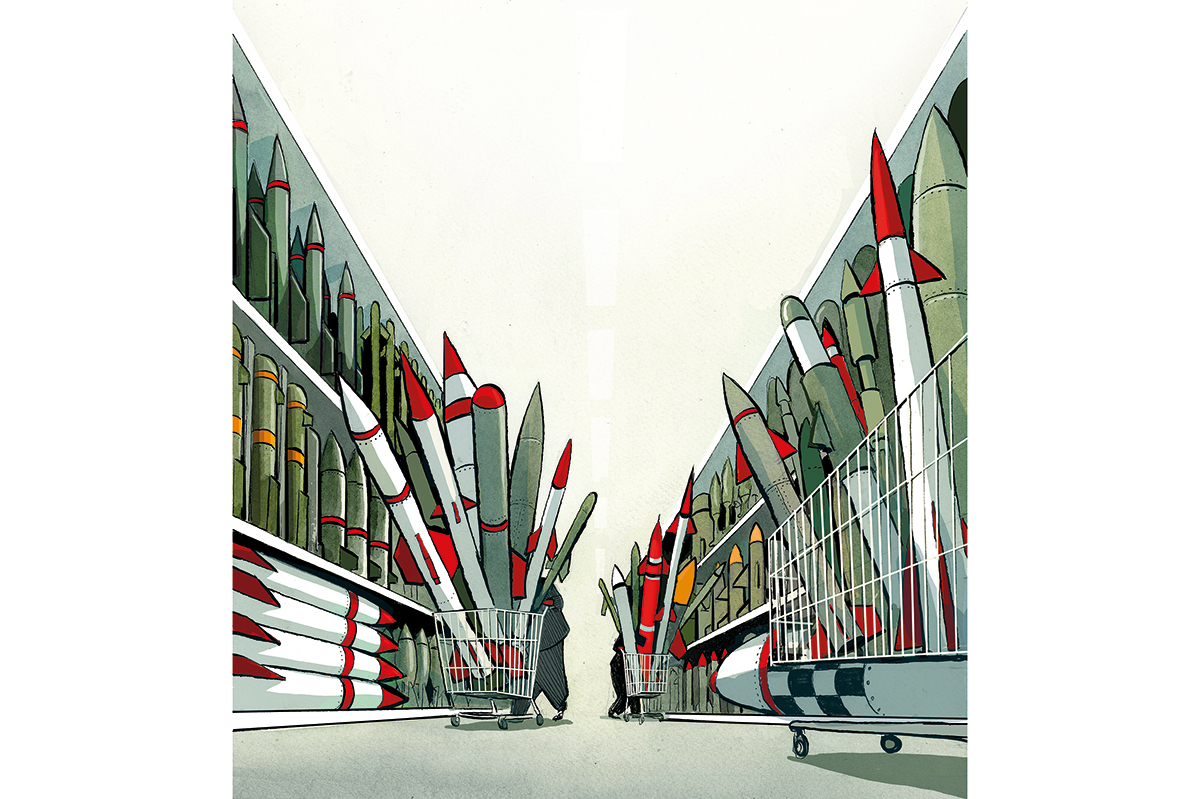
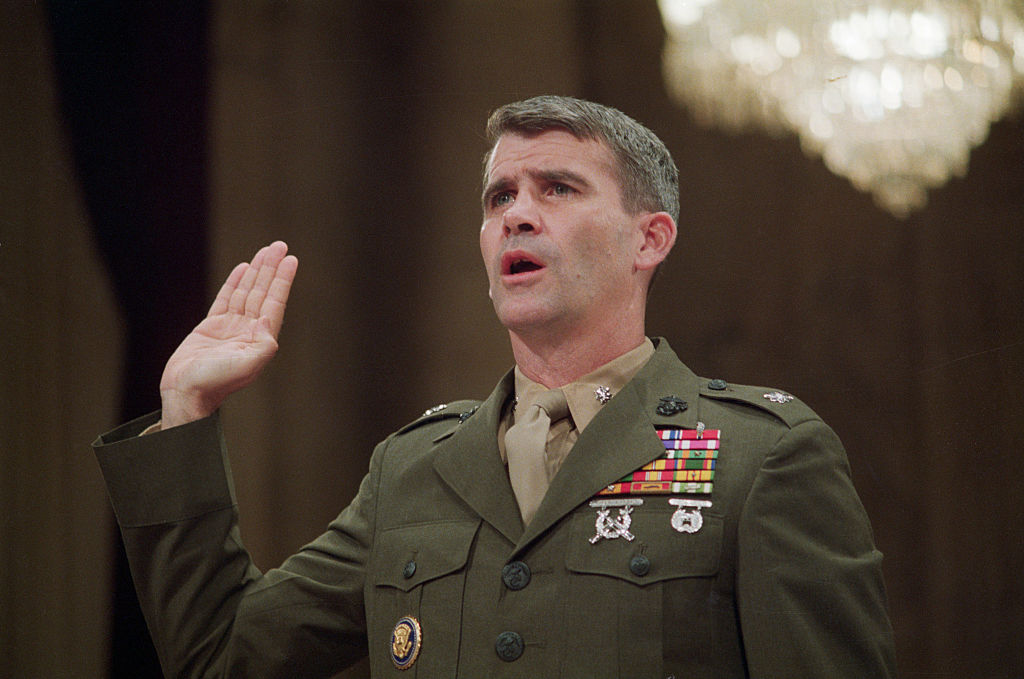
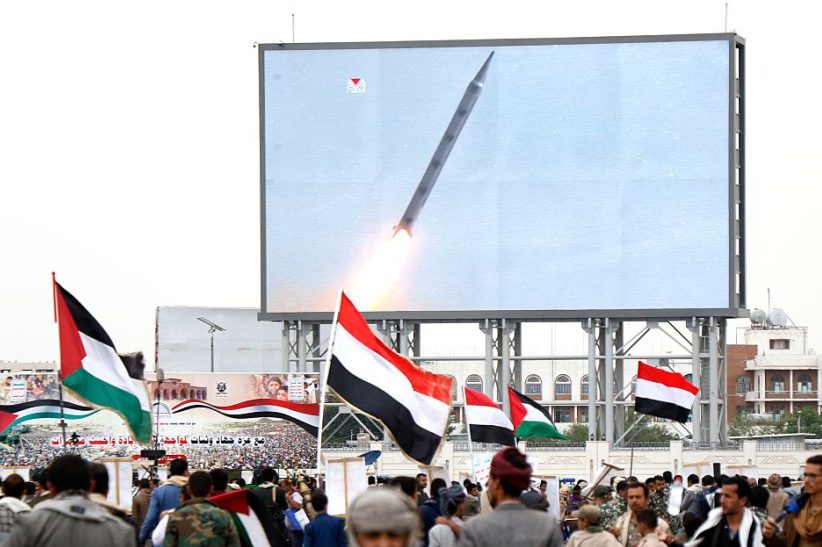







Leave a Reply